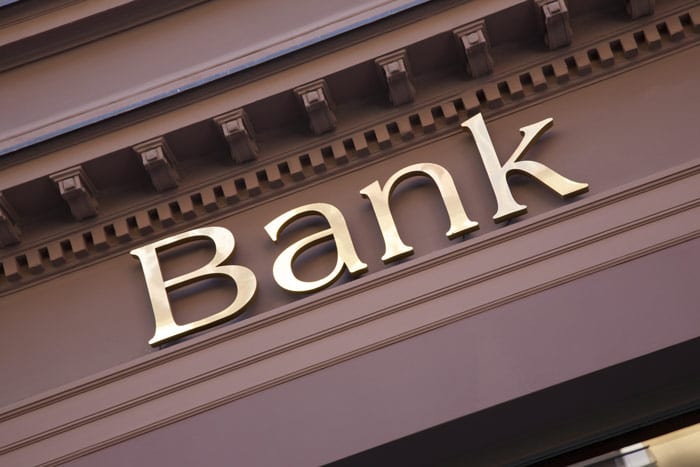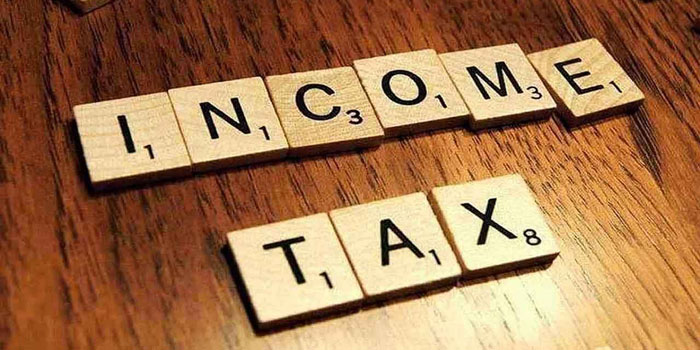Most financial institutions, except those that operate solely online, have brick-and-mortar branches that real people staff. Additionally, they operate call centres that provide longer hours of customer assistance. It is essential to understand a financial institution's business model and how much they charge whenever you give money to a financial institution; however, it is not always clear how banks get paid. When you give money to a financial institution, it is essential to understand its business model. Banks may generate income in various ways, including by investing the money of their clients and by collecting fees from their customers.
The Spread
The most common method for financial institutions to profit is lending and borrowing money. Customers make deposits into their bank accounts, which is effectively the same as the bank borrowing money from those customers, and the bank then lends that money to other customers. The actual workings are a bit more intricate, but that's the basic concept.
Pay Less, Earn More:
Depositors whose funds are held in savings accounts, certificates of deposit (CDs), and money market accounts get interested from the bank at a quite modest rate. In most cases, they do not pay any interest on the balances in checking accounts. At the same time, the bank charges very high-interest rates to consumers who take out loans for things like homes, cars, education, businesses, or personal use.

Investments:
The monies you deposit in a bank account are considered "invested" when the bank lends that money to other customers. However, banks invest in various ways in addition to making loans available to their client base. Several banks invest a significant amount of capital in a variety of assets. Some of these investments are straightforward and risk-free, while others are more involved and carry a higher degree of uncertainty.
Some regulations restrict how much banks may gamble with their customers' money, particularly if the FDIC guarantees the customer's account. On the other hand, these restrictions often change over time. There is still room for banks to increase their profits by increasing the risk they take with their customers' funds.
Calculate Your Monthly Payment
The amount, length of time, and interest rate of a personal loan will determine the monthly payment you are responsible for paying back (which is highly dependent on your credit score). Make use of the following inputs to obtain an idea of what your potential monthly payment may turn out to be. You, as a customer, are most likely aware of the bank fees assessed to your checking, savings, and other accounts. Even if it is simpler to avoid these charges, fees continue to contribute to the profits a bank might generate substantially.
One example is the Advantage Plus checking account offered by Bank of America, which comes with a monthly maintenance cost of $12. Your total expense for such fees will come to $144 over a year. On the other hand, you may avoid paying the monthly maintenance fees if you have a particular minimum amount or set up direct deposits. Some activities and "mistakes" might result in additional costs to you from the bank for your account. If you have overdraft protection on your account, it will cost you around $30 each time you exceed your withdrawal limit. 4 Even worse, even if you want to opt-out of paying such costs, you will still be required to pay them. Have you had a cheque dishonoured? That will cost you some money as well.
Costs of Services
Banks provide various extra services in addition to borrowing and lending, which is how they generate money. None of these may apply to you, although many bank clients (individuals, enterprises, and other organisations) pay for them. Everything is different at every bank; however, here are some of the most often offered services:
Cards for Credit:
You are well aware that banks add interest charges to outstanding loan amounts, and you may also be subject to yearly fees if you use a bank card. When you make a transaction with your credit or debit card, the company also receives interchange money, sometimes known as "swipe fees."
Payable With Checks Or Money Orders:
Banks prints cashier's checks for substantial transactions; many banks also provide money orders for purchases of less expensive goods. Using such equipment typically ranges between $5 and $10. You may also reorder personal and business checks via your bank; however, refreshing your supply through an online check-printing provider is often more cost-effective.

Administration Of Wealth:
Some financial institutions, in addition to offering regular bank accounts, also provide goods and services that may be obtained via financial advisers. Profits at banks are bolstered by commissions and fees generated from operations such as these, including fees associated with assets under management.




